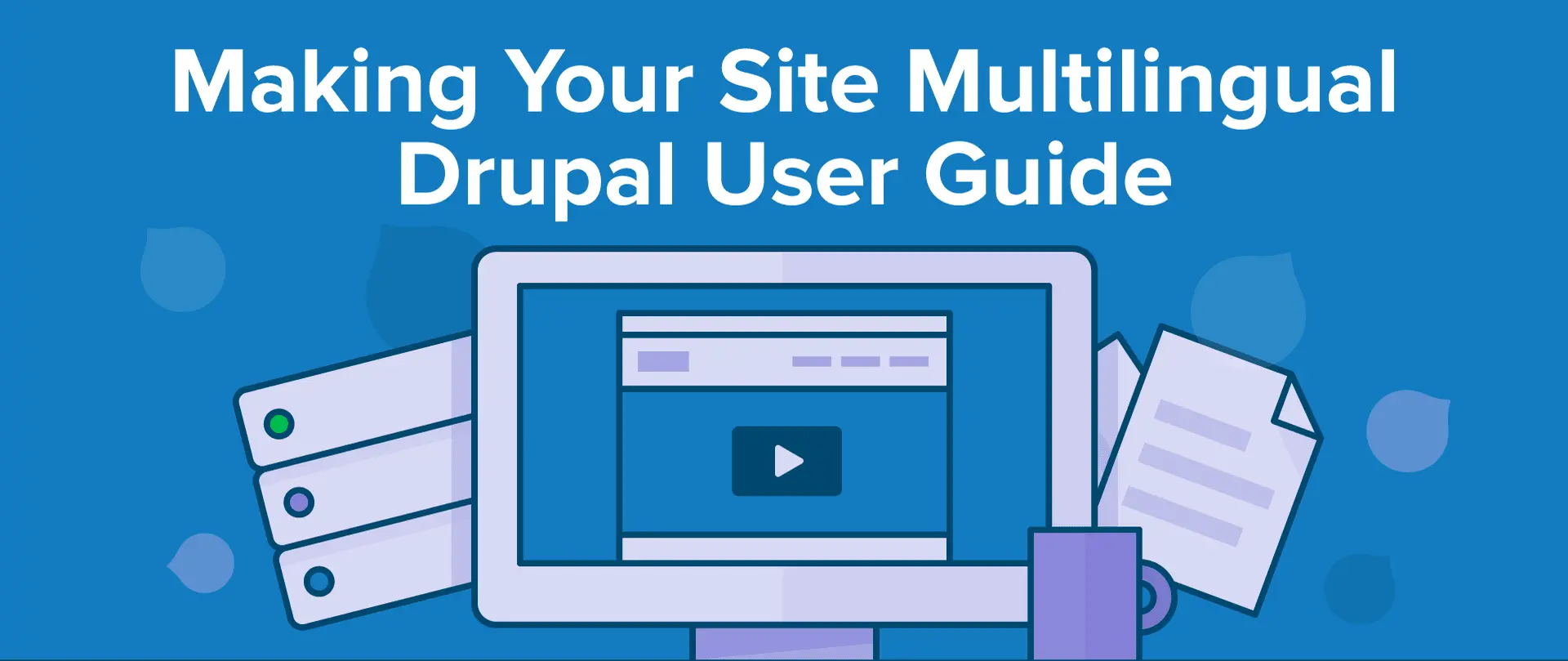Creating Multilingual Websites in Drupal 9
Creating Multilingual Websites in Drupal 9

Drupal 9 is a powerful content management system that excels at creating multilingual websites. With built-in support for multiple languages and robust translation features, Drupal 9 makes it easy to reach a global audience and provide content in different languages. In this blog post, we'll explore the key concepts and best practices for creating multilingual websites in Drupal 9.
Prerequisites
Before diving into creating multilingual websites in Drupal 9, you should have:
- A Drupal 9 website installed and set up.
- Basic knowledge of Drupal site building and content management.
- Familiarity with the concept of multilingual websites.
Enabling Multilingual Support in Drupal 9
Install Drupal with Multilingual Features:
When setting up your Drupal 9 site, you can choose to include multilingual support during the installation process. This ensures that your site is ready for multiple languages from the beginning.
Enable Multilingual Modules:
In the Drupal admin interface, navigate to Extend (admin/modules) and enable the following core modules for multilingual support:
- Language
- Content Translation
- Interface Translation
Additionally, you can enable other contributed modules for enhanced multilingual capabilities, such as "i18n" (Internationalization) or "Locale."
Configuring Languages
Drupal 9 allows you to add and configure multiple languages for your website. Here's how to configure languages:
Add Languages:
Go to Configuration > Regional and language > Languages (admin/config/regional/language) and add the languages you want to support on your website.
Set Default Language:
Choose a default language for your site. The default language is the primary language used during the site's installation and should be the most commonly used language.
Language Detection and Selection:
Configure language detection and selection settings to determine how the site detects and displays content in the user's preferred language.
Translating Content
Drupal 9 provides several ways to translate content on your website:
Content Translation:
For content types that need to be available in multiple languages, you can enable content translation. This allows you to create translations of content while keeping the content's structure intact.
Configuration Translation:
Translate site configuration, such as labels, menus, and settings, to match the user's preferred language.
Interface Translation:
Translate the user interface elements, such as buttons, menus, and system messages, to provide a seamless experience for non-English-speaking users.
Contributed Modules:
Explore contributed modules like "Entity Translation" or "Paragraphs" to extend translation capabilities to additional content elements.
Best Practices for Multilingual Websites in Drupal 9
- Plan Content Strategy: Before translating content, plan your content strategy carefully. Identify target audiences and languages to ensure a consistent user experience.
- Use Translation Management Modules: Consider using modules like "Translation Management Tool" to streamline the translation workflow and manage content translations efficiently.
- SEO Considerations: Implement hreflang tags to inform search engines about the language and regional targeting of your content. This helps with search engine optimization (SEO) for multilingual websites.
- Language Switcher: Include a language switcher block to allow users to switch between languages easily.
- Test Thoroughly: Test your multilingual website to ensure that translated content displays correctly and that the user interface is seamless.
Conclusion
Creating multilingual websites in Drupal 9 opens the doors to a global audience. With its robust multilingual support, Drupal allows you to provide content in multiple languages and create a user-friendly experience for users from different language backgrounds. By following best practices and leveraging Drupal's core and contributed modules, you can successfully build and maintain a multilingual website that reaches and engages a diverse audience.